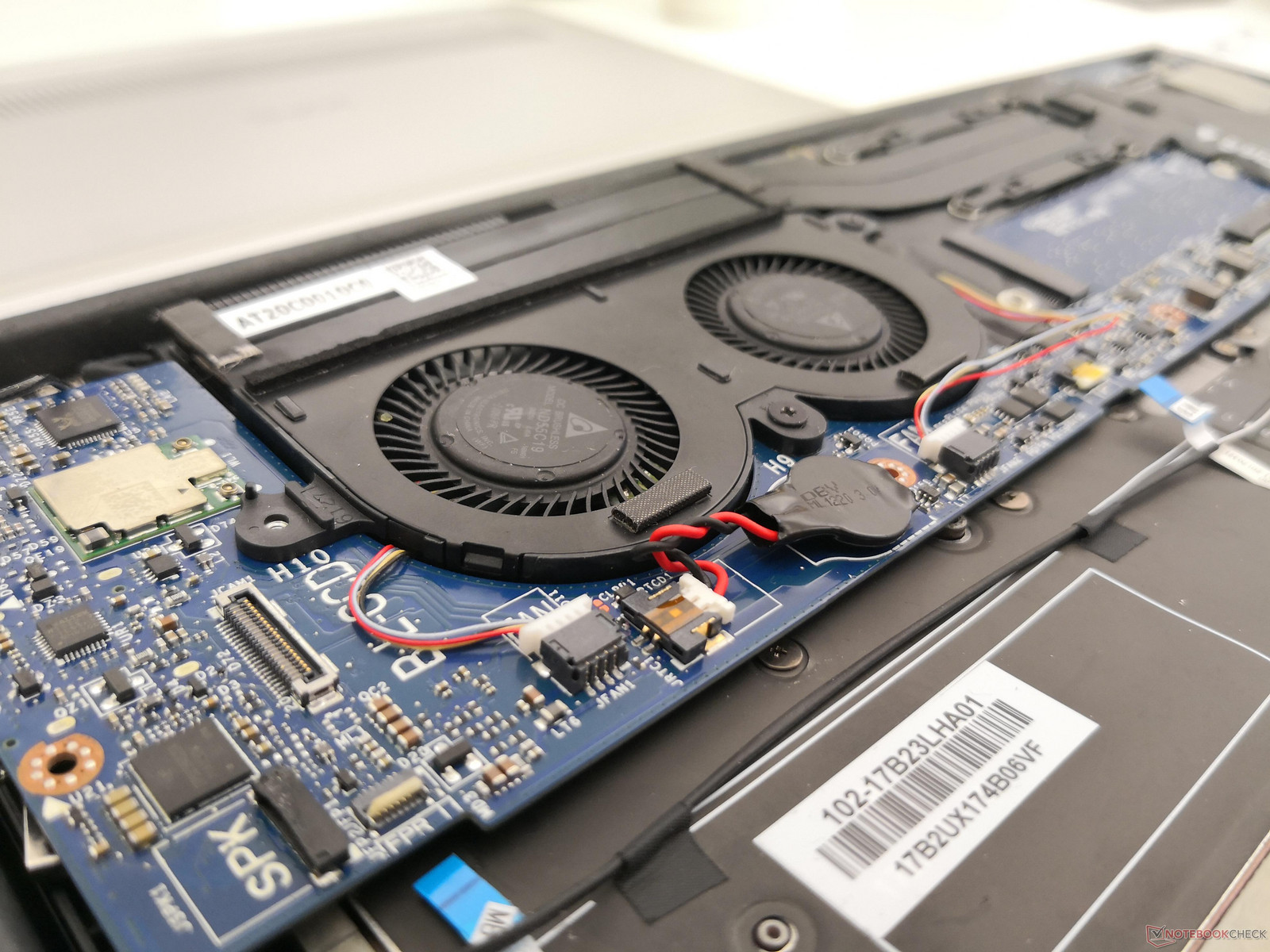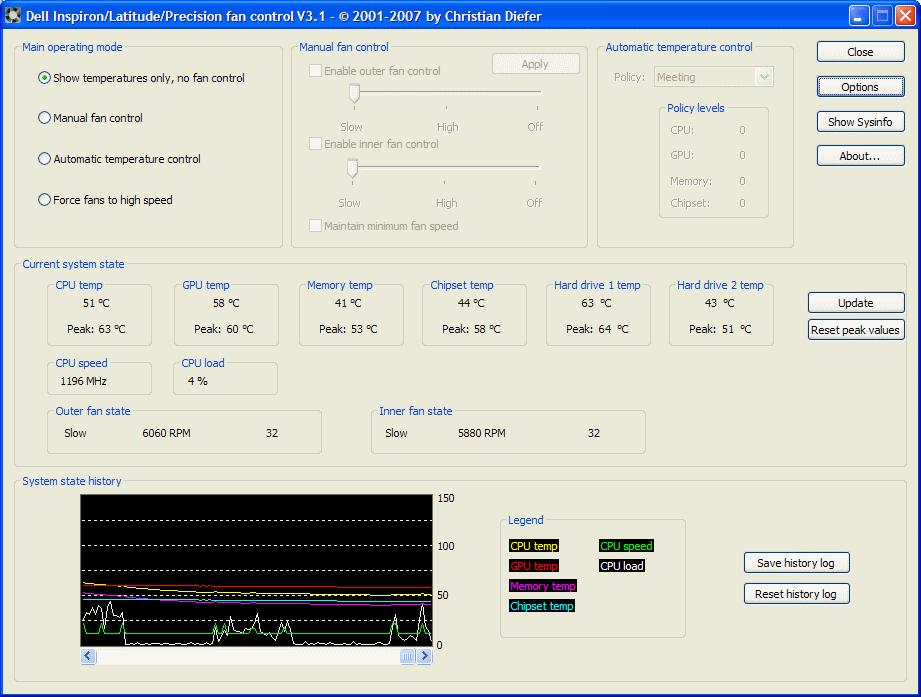
When the application that is causing the high CPU usage is finished (whether it be updating, scanning or simply processing) the CPU usage and as a result, the thermal temperature and the fan will stabilize back down after some timeĪ lot of thought has gone into mitigating where you can expect the heat to concentrate on these systems. Please remember that today's thin and light designs mean that the fan will run more often due to the compact designs. (This can be caused by Windows updates or any number of other open applications.) When the CPU usage runs high, the CPU gets warm and the fan will run to control the thermal temperature in the system. The fan running constantly can usually be traced to a heavy workload causing high CPU usage. You can expect that the harder the processor works in such a slim design, the warmer it will get No, the system isn't shutting down and the fan is passing the diagnostic tests, then please read these facts you should be aware of about notebook systems: Is the system shutting down and leaving error logs in the BIOS? Resolve Hardware Issues With Built-in and Online Diagnostics (ePSA or PSA Error Codes) You can find out more about the ePSA's in the following article: There is no dynamic control available during the ePSA tests, the processor will run at full speed during these tests and the fans will likely go to high speed throughout the testing. Run the Dell ePSA Diagnostics to check the status of the system fan.

Open File Explorer and browse to the location where the downloaded file is savedĭouble-click the BIOS setup file and follow the on-screen instructions to complete the installation process Locate the latest Intel Dynamic Platform and Thermal Framework / Intel Dynamic Tuning Driver driverĬlick Download and save the file to your computer

To download and install the latest version:īrowse to the Dell Drivers & Downloads page:Įnsure that you have the correct System Type set This is required on systems to dynamically control cooling and performance in the Operating system. Installing the latest version of the Intel Dynamic Platform and Thermal Framework / Intel Dynamic Tuning Driver driver. Note: To learn more about updating the BIOS on a Dell computer, see the Dell knowledgebase article Dell BIOS Updates.


 0 kommentar(er)
0 kommentar(er)
